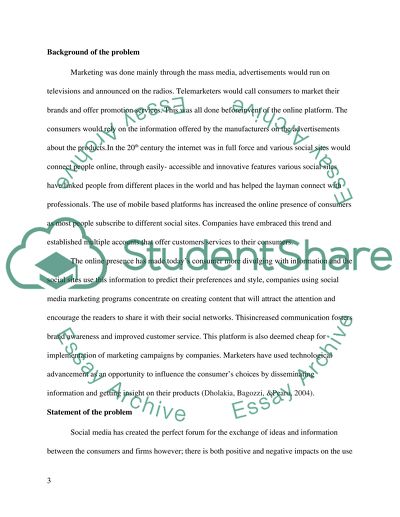Cite this document
(“Social Media Analysis and Customer Behaviour Research Proposal”, n.d.)
Retrieved from https://studentshare.org/marketing/1675742-social-media-analysis-and-customer-behaviour
Retrieved from https://studentshare.org/marketing/1675742-social-media-analysis-and-customer-behaviour
(Social Media Analysis and Customer Behaviour Research Proposal)
https://studentshare.org/marketing/1675742-social-media-analysis-and-customer-behaviour.
https://studentshare.org/marketing/1675742-social-media-analysis-and-customer-behaviour.
“Social Media Analysis and Customer Behaviour Research Proposal”, n.d. https://studentshare.org/marketing/1675742-social-media-analysis-and-customer-behaviour.


